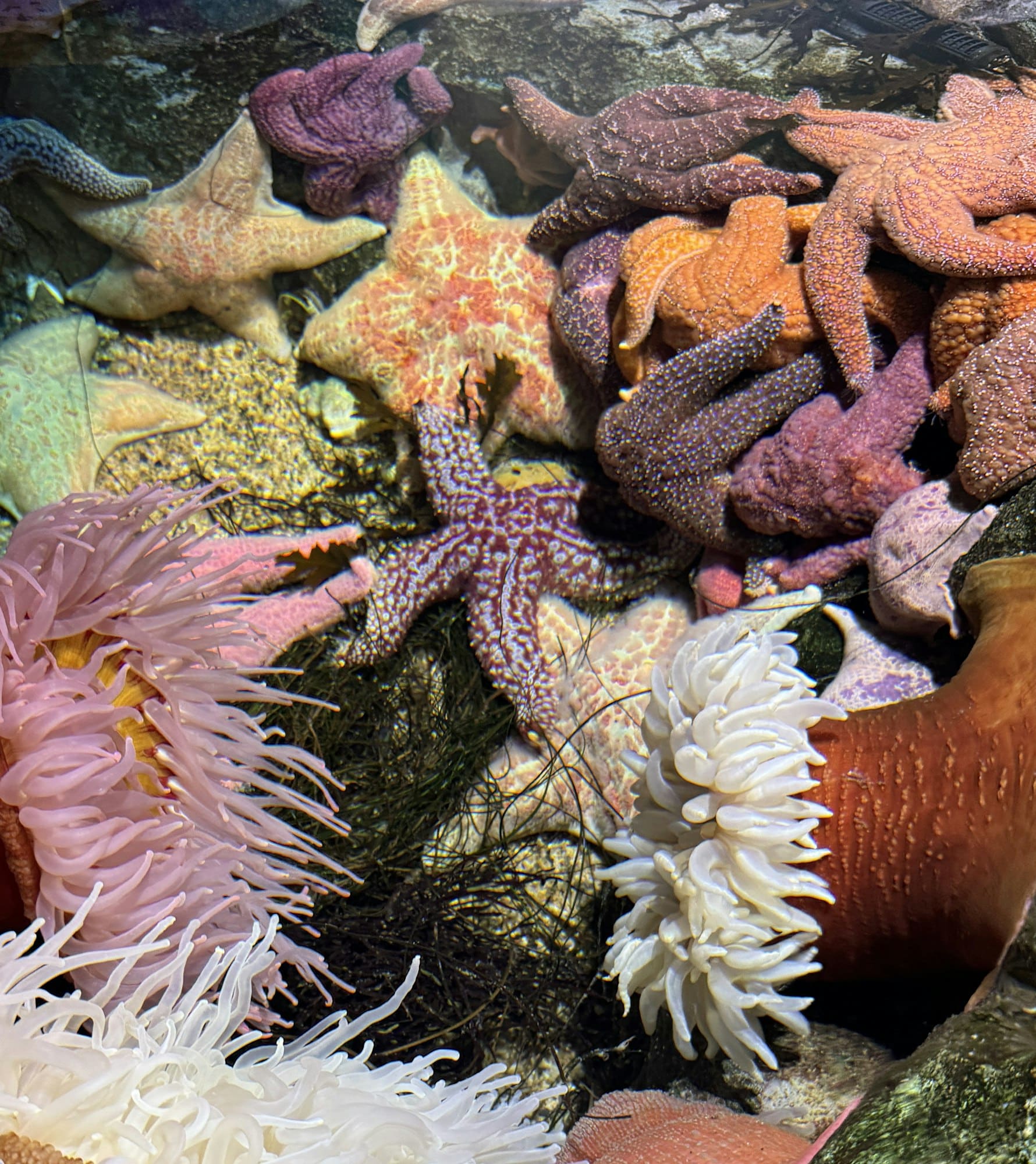You might be wondering how you can make a significant contribution to the environment and support local biodiversity. One effective way is by creating a native plant garden. Not only will it make your outdoor space more beautiful, but it will also help to sustain different species that are native to the UK. With the current challenges facing our wildlife and natural habitat, every small step counts. Let’s journey together in learning how to make your garden a sanctuary for local wildlife.
Understanding Biodiversity and the Importance of Native Plants
Biodiversity refers to the variety of life in a particular habitat or ecosystem. This includes different species of plants, animals, insects, and microorganisms. Native plants, on the other hand, are those that have developed or naturally exist in a particular region without human intervention. They are vital in maintaining local biodiversity.
Also to discover : How Can Geospatial Data Improve UK’s Emergency Response Services?
Native plants and the wildlife in your garden have a symbiotic relationship. The animals, birds, and insects provide pollination, pest control, and soil fertilisation services. In return, the plants offer food, shelter, and breeding ground for these creatures. Planting native species in your garden creates a mini-ecosystem that supports the survival of different wildlife. Additionally, they are adapted to the local climate and soil conditions, making them easier to grow and maintain, and they require less water than non-native plants.
Choosing the Right Native Plants for Your Garden
Your choice of native plants should be influenced by the existing conditions in your garden. Every plant species has specific requirements in terms of soil type, light, and water. Some may thrive in well-drained soil, while others prefer water-logged conditions. Likewise, certain plants need a lot of sunlight, while others do well in shady areas.
Also read : What Are the Prospects for Personal Health Monitoring via Smart Toilets?
Catalogues from local nurseries or online plant databases can be useful in identifying the right native plants. Also, pay attention to the plants that naturally grow around your area. You might find some inspiration from them. When purchasing the plants, ensure they are propagated ethically and not removed from the wild.
Attracting Birds and Pollinators
Creating a garden that attracts birds and pollinators significantly contributes to local biodiversity. Birds help in seed dispersal, and along with insects, they assist in the pollination process. This is vital for the reproduction of plants.
Birds are attracted to gardens that provide food, water, and shelter. Native plants will offer a variety of seeds, nectar, berries, and insects that birds feed on. Bird baths or water features are great for providing water, and trees and shrubs give shelter and nesting spaces.
Pollinators such as bees, butterflies, and moths are attracted by flowering plants, particularly those that produce nectar. Try to include plants that flower at different times of the year to provide a constant food source.
Incorporating Water Features and Habitats
Water is a crucial element in a garden that aims to support wildlife. It serves various purposes such as drinking, bathing, and breeding for different species. Adding a water feature like a pond, stream, or bird bath will attract a variety of wildlife to your garden.
A pond, for example, will provide a habitat for amphibians like frogs and toads, and insects like dragonflies. It will also attract birds and mammals to drink and bathe. Ensure the water feature is safe for wildlife. For example, a pond should have gently sloping sides to allow creatures to easily get in and out.
Maintaining Your Native Plant Garden
While native plants generally require less maintenance than non-native ones, they still need some care to thrive. Regular watering is essential, especially for newly planted ones, until they establish.
Weeding is also a critical maintenance practice. Even though some wild plants can provide food and shelter for wildlife, some are invasive and can out-compete the native ones.
Lastly, avoid using pesticides and fertilisers that can harm beneficial insects and soil microorganisms. Instead, encourage natural pest control by attracting beneficial insects and birds.
Creating a native plant garden is a significant step towards fostering local biodiversity. It provides a sanctuary for wildlife and a beautiful, serene environment for you to enjoy. So why not start planning your garden today? You’ll be contributing to a bigger cause while reaping the benefits of gardening.
Remember, your garden doesn’t need to be perfect. It’s all about balance and creating a space where nature can thrive. All efforts, big or small, make a difference in promoting local biodiversity.
Enhancing Biodiversity with Garden Structures and Features
Incorporating various garden structures and features can greatly enhance the appeal of your garden to local wildlife. These structures can be used as hiding spots or nesting areas for small mammals, birds, and insects.
Adding a compost heap to your garden is a fantastic idea. Not only will it provide you with free, peat-free compost to enrich your soil, but it’ll also be a magnet for a variety of creatures. Many insects, worms, and small mammals such as hedgehogs love compost heaps. They provide food, shelter, and a warm place to breed.
Hedges, trees, and shrubs can provide shelter and nesting spaces for birds and small mammals. Instead of fencing, consider planting a native hedge. It will provide a corridor for wildlife to move around safely and will help increase biodiversity.
Wildflower meadows are another wonderful addition to your garden. They not only look stunning, but they also offer an excellent source of nectar for bees, butterflies, and other pollinators. The seeds produced by these wildflowers can also serve as a food source for birds and small mammals.
If you have enough space, consider leaving a patch of your garden to grow wild. This will offer a variety of habitats to different creatures. Even a small corner with native grasses and wildflowers can make a significant difference.
Conclusion: Foster Local Biodiversity with Your Wildlife-Friendly Garden
Creating a wildlife-friendly garden filled with native plants is an effective way to support and enhance local biodiversity. From the food and shelter provided by native trees and shrubs to the allure of water features and wildflower meadows, your garden can become a haven for British wildlife.
Remember, every small step you take in your garden can have a huge impact on the local wildlife. So, don’t wait any longer. Start planning your native plant garden today! Water the new plants regularly until they establish, keep an eye out for invasive species, and avoid harmful chemicals.
Every decision you make in the development of your garden, from the selection of native plant species to the creation of wildlife-friendly features, will contribute to the preservation and enhancement of local biodiversity. Whether it’s the bees buzzing, butterflies fluttering, or the birds chirping, your wildlife garden will be alive with the sights and sounds of nature. It’s a reward well worth the effort, for both you and the environment.
Take pride in knowing that your green spaces are not just for your enjoyment but also serve as a vital sanctuary for local wildlife. Remember, fostering biodiversity is not a one-time activity but a long-term commitment. Keep learning, experimenting and growing with your garden. Together, we can help create a brighter, greener, and more biodiverse future.











